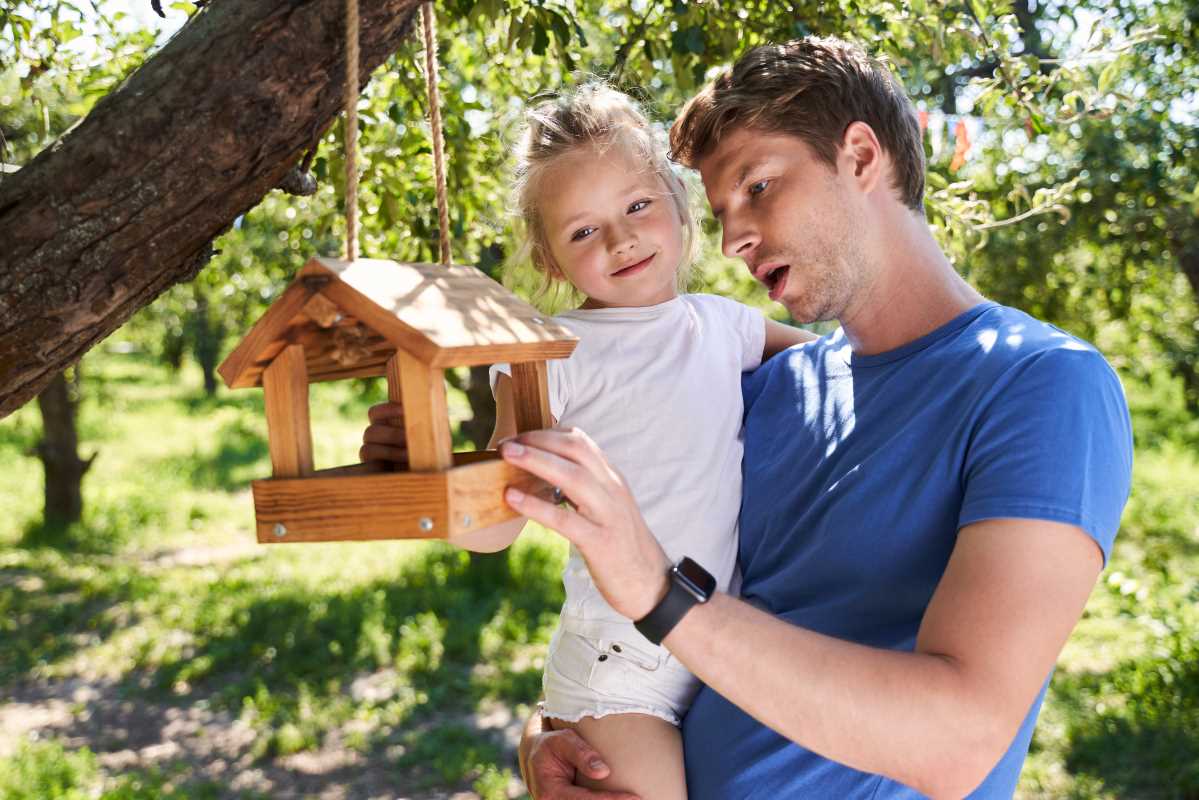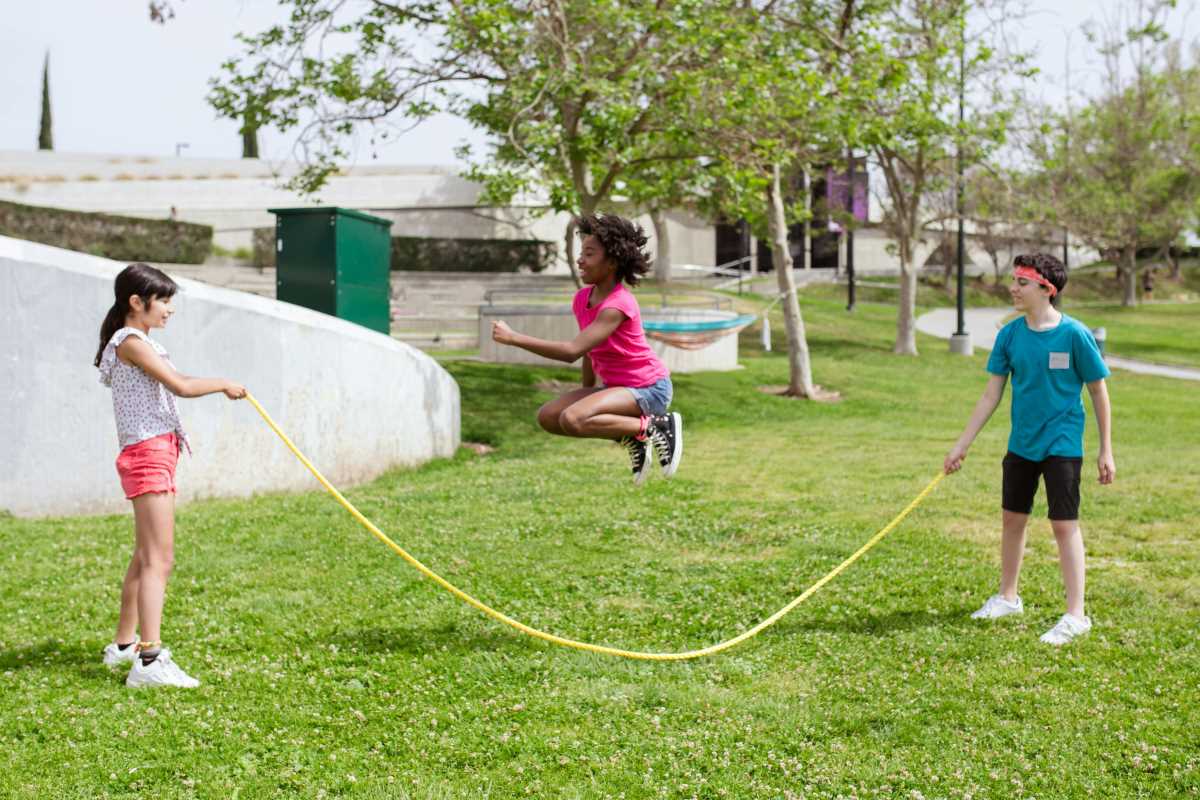Finding the right balance between screen time and productive learning can be one of the trickiest parenting challenges. On one hand, digital tools can spark curiosity, open doors to rich learning experiences, and nurture creativity. On the other hand, unchecked screen usage can quickly spiral into excessive gaming, endless scrolling, or even exposure to inappropriate content. To help your kids thrive in the digital age, it’s essential to guide them toward balanced habits that encourage exploration while protecting their well-being.
Here’s a deeper look into why balance matters and practical strategies to make technology a positive force in your child’s life.
Why Balance Matters
Technology is woven into nearly every aspect of our lives. For children, screens are not just tools for entertainment but often alternate classrooms, social hubs, and creative outlets. Using the right apps, educational videos, or online resources, your child can learn a new language, explore space, or even get better at coding. But the consequences of too much screen time extend beyond potential addiction or distraction.
Studies have found that excessive screen use can negatively impact sleep quality, leading to difficulties concentrating during the day. Extended device usage can also result in physical issues like poor posture, eye strain, and reduced physical activity, contributing to long-term health risks, including obesity. Beyond physical concerns, overuse of screens may limit your child’s ability to engage meaningfully with others or nurture creativity in offline settings.
Maintaining balance ensures digital activities support your child’s overall development rather than detract from it. Striking this balance isn’t about banning technology but intentionally using it in ways that enrich your child’s mind and foster healthy habits.
Simple Steps to Strike the Right Balance
It might feel overwhelming to manage your child’s screen time, but small, thoughtful changes can make a big difference. Below, we’ll explore specific strategies for helping your child develop balanced and meaningful tech habits.
1. Set Clear Expectations and Routines
Creating structure is key to managing screen time, especially amidst the chaos of post-school hours or weekends. Setting clear rules helps kids understand boundaries and reduces arguments.
- Establish a daily screen time routine. For example, limit non-educational screen time to 60 minutes on school nights and allow two hours on weekends. You could use tools like built-in phone timers or apps to track usage and reinforce limits.
- Designate device-free areas or times. Make family meals device-free zones to encourage conversation. Consider screen-free hours in the evening to ensure easier wind-down for bedtime.
- Stay consistent, but flexible. While structure is valuable, remember to adapt routines for special occasions, like game nights or video calls with relatives.
- Explain why the rules matter. For instance, you might say, “We limit screens at the table so we can all spend time talking to each other” or “Turning off devices before bed helps your brain relax and makes it easier to sleep."
2. Choose Quality Educational Content
Not all screen time is created equal. Choosing educational and interactive content can make a world of difference in how technology contributes to your child’s growth.
- Explore educational options. Apps like National Geographic Kids, Duolingo, or coding platforms like Scratch are excellent starting points for engaging and fun learning.
- Match content to interests or school topics. For example, if your child is fascinated by space, guide them toward NASA’s educational resources or documentaries like Cosmos.
- Preview content before introducing it. Take a few minutes to explore apps or games yourself to ensure they align with your goals before handing the device to your child. Online reviews or recommendations from educators can also help narrow down high-quality options.
By emphasizing quality over quantity, screen time transforms into an opportunity to cultivate critical thinking, problem-solving skills, and creativity.
3. Mix Digital and Offline Activities
Balance isn’t just about limiting screens; it’s about creating a lifestyle where offline experiences are just as (if not more) engaging than digital ones.
- Encourage outdoor time and physical activities. Whether it’s a bike ride, jump rope session, or nature scavenger hunt, physical movement helps counteract the sedentary effects of screen time. For older kids, team sports are a great way to combine fitness with social interaction.
- Keep offline hobbies accessible. Stock up on books, art supplies, puzzles, or craft kits. Having these available means kids are more likely to turn to them as a natural alternative to devices.
- Blend the digital and physical worlds. Use what your kids learn on screens as a spark for offline adventures. For instance, after watching a nature documentary, take a hike or visit a local science museum. Start a DIY project inspired by a tutorial or conduct simple science experiments at home.
By providing fulfilling offline options, children are less likely to rely solely on screens for entertainment.
4. Be an Active Participant
When you actively participate in your child’s screen use, it becomes a shared, enriching experience rather than a passive, solitary one.
- Co-view or co-play. Watch an educational video or play a game alongside them. For example, if your child loves an adventure game, sit with them and ask questions about strategy or choices they’re making.
- Spark discussions. Use screen content as a launching pad for conversations. After watching a history video, ask your child, “What part surprised you the most?” Active engagement deepens learning and improves critical thinking.
- Extend digital experiences into real life. If your child watches a video about baking, try making cookies together afterward. This not only reinforces knowledge but also creates cherished memories.
Your involvement teaches your kids that screen time isn’t just entertainment but an opportunity for connection and exploration.
5. Teach Digital Responsibility
Responsibility is just as important as moderation. Kids need to understand not just how much screen time to use, but how to use it wisely.
- Discuss online safety and privacy. Explain how to handle suspicious messages, avoid oversharing personal information, and use digital platforms respectfully. Role-play scenarios like what to do if a stranger reaches out online.
- Encourage balanced tech habits through modeling. If you want your kids to put devices away during meals, follow the same rules. Avoid overchecking emails or browsing before bedtime.
- Teach etiquette. Remind kids that a respectful tone and kindness online are just as important as in-person interactions.
Good habits today lay the foundation for healthier, safer tech use as they grow.
6. Adapt as Your Child Grows
A screen time rule for a preschooler will look very different from one for a teenager. The key is adjusting boundaries as your child matures, building trust and independence over time.
- For young kids, focus on limits and guidance. Younger children thrive on structure, so monitor app use and keep screen sessions short.
- Tweens need gradual freedom. Give your middle schooler some say in choosing apps and setting reasonable limits. This allows them to start developing self-regulation skills.
- With teens, encourage self-monitoring. Use discussions to empower them to balance social media, gaming, and schoolwork on their own. Periodic check-ins can ensure healthy habits.
Creating an open dialogue ensures your child feels heard while still respecting boundaries.
Signs Screen Time Needs Adjusting
Knowing when to step in is just as important as setting rules. Keep an eye out for signals that your child’s screen habits may need recalibrating:
- Mood changes. Increased irritability, frustration, or withdrawal could suggest unhealthy reliance on screen time.
- Reduced interest in offline activities. If your child stops engaging in once-loved hobbies or outdoor play, it may be time for adjustments.
- Difficulty stopping screen use. If turning off devices results in frequent battles, reevaluating limits or content choices could help.
Address these issues with gentle dialogue, asking questions like, "How do you feel after spending time on your tablet?" or "Do you think we should take more breaks and try something else fun?"
Make Screen Time a Positive Force
Screen time doesn’t have to be the enemy of education or well-being. When managed thoughtfully, it can work as an incredible partner in your child’s development, sparking interests, enhancing knowledge, and providing moments of joy. By focusing on moderation, quality, shared experiences, and open communication, you can help your child learn, grow, and thrive in today’s digital landscape.
If you’re looking for ideas on educational tools or tips on creating sustainable routines, don’t hesitate to connect with other parents or ask your child’s teachers for recommendations. Together, we can prepare children to harness technology for a brighter, balanced future.







